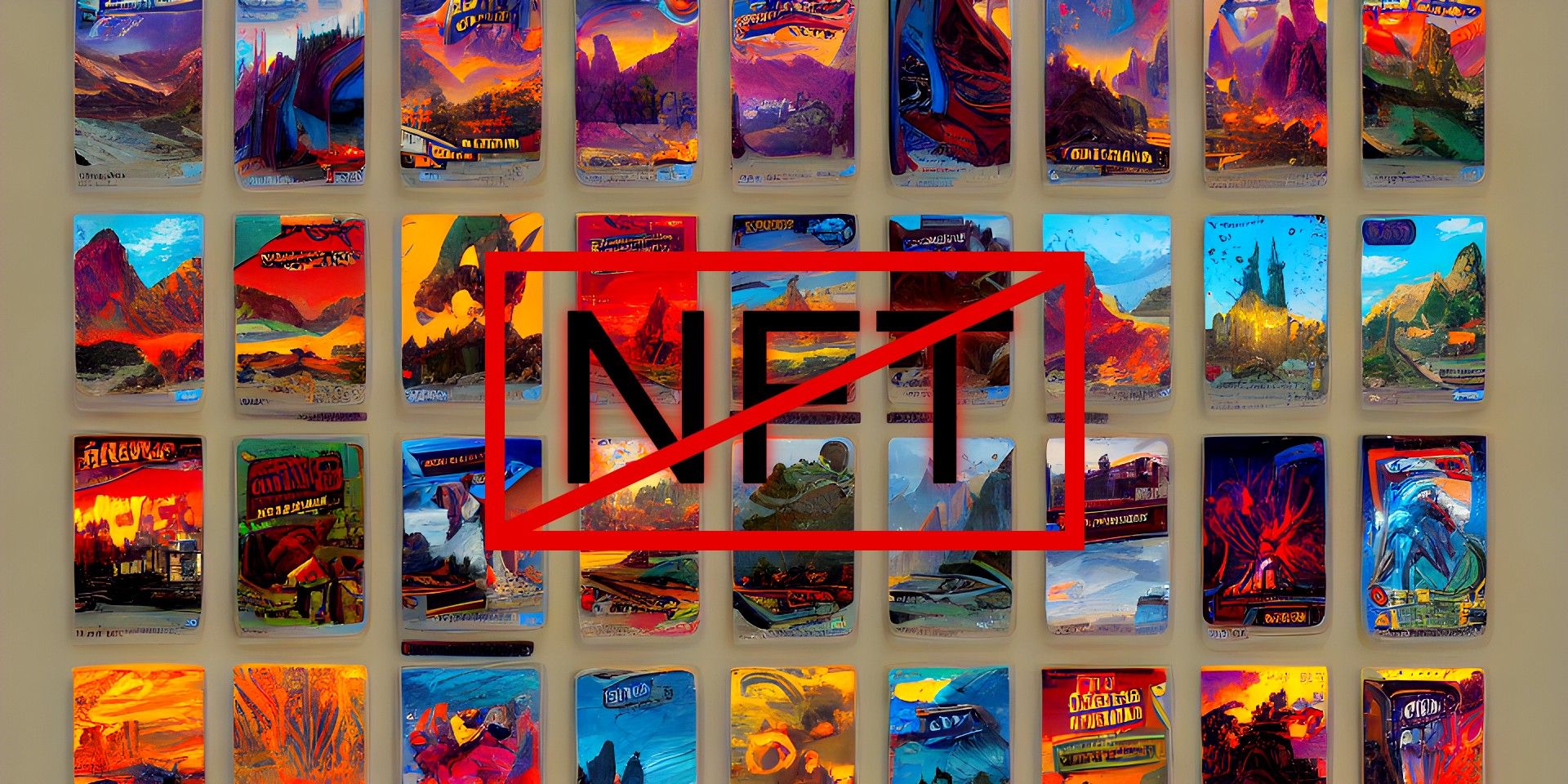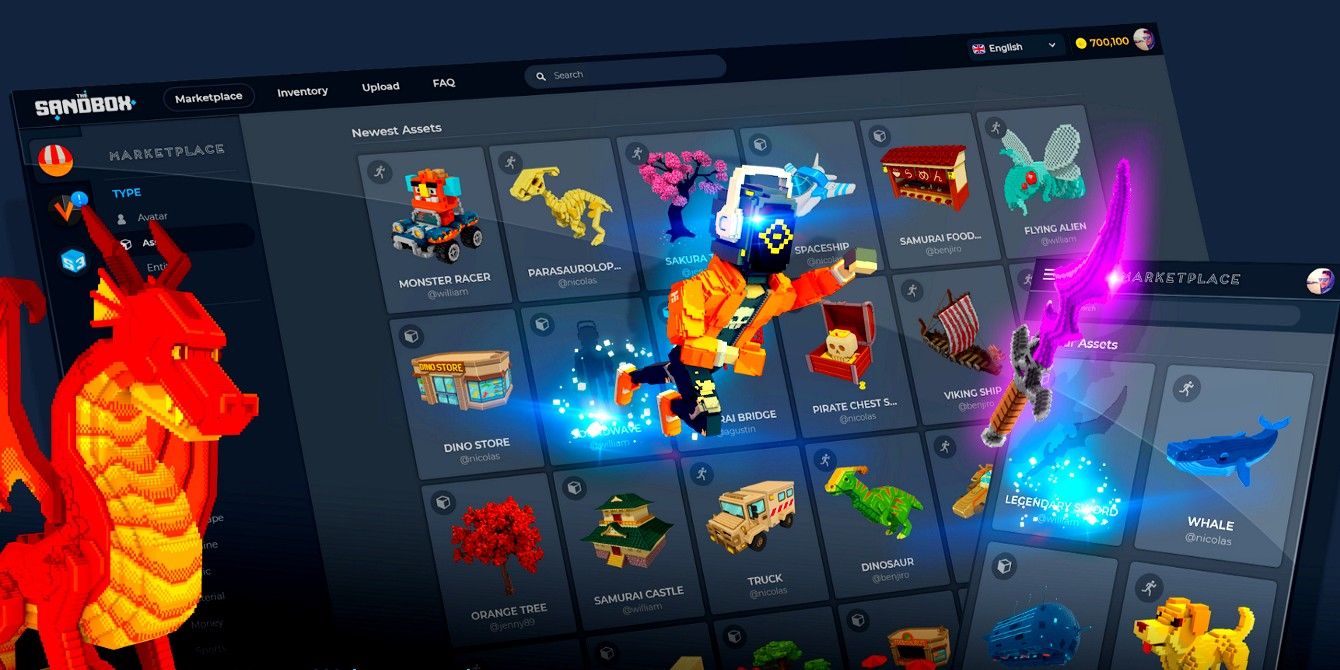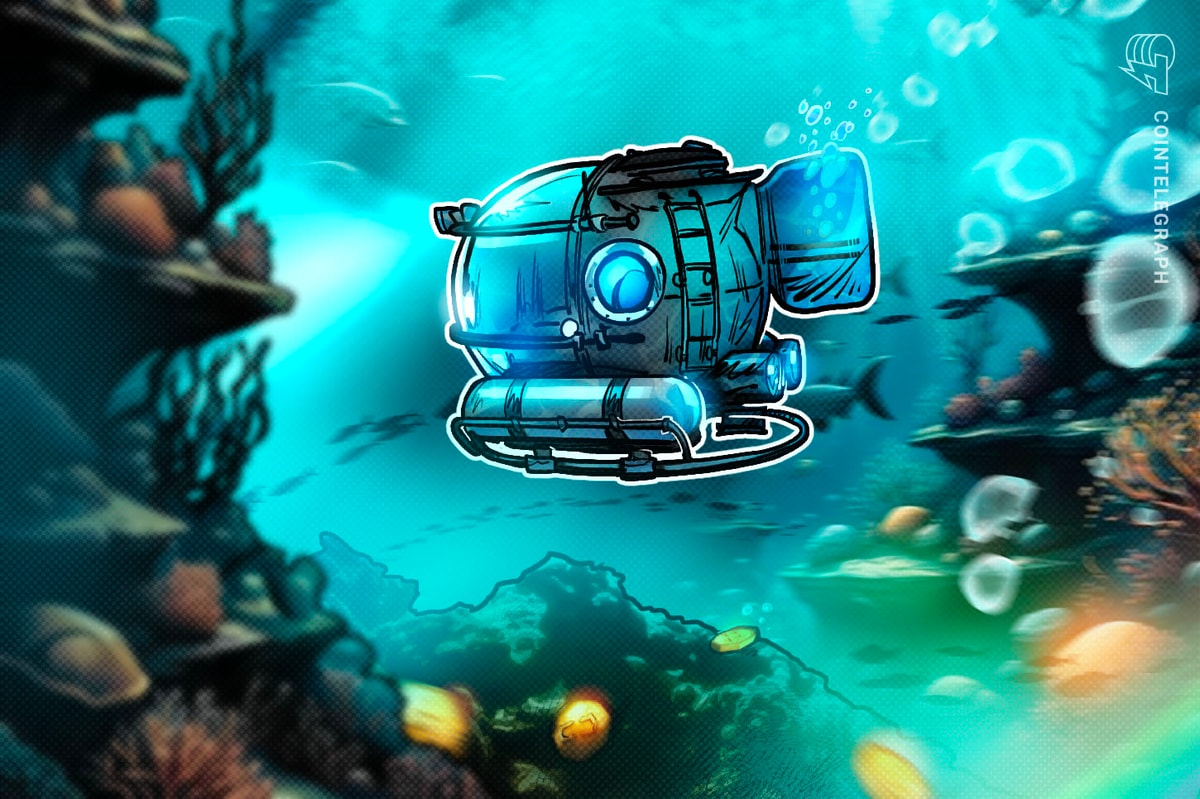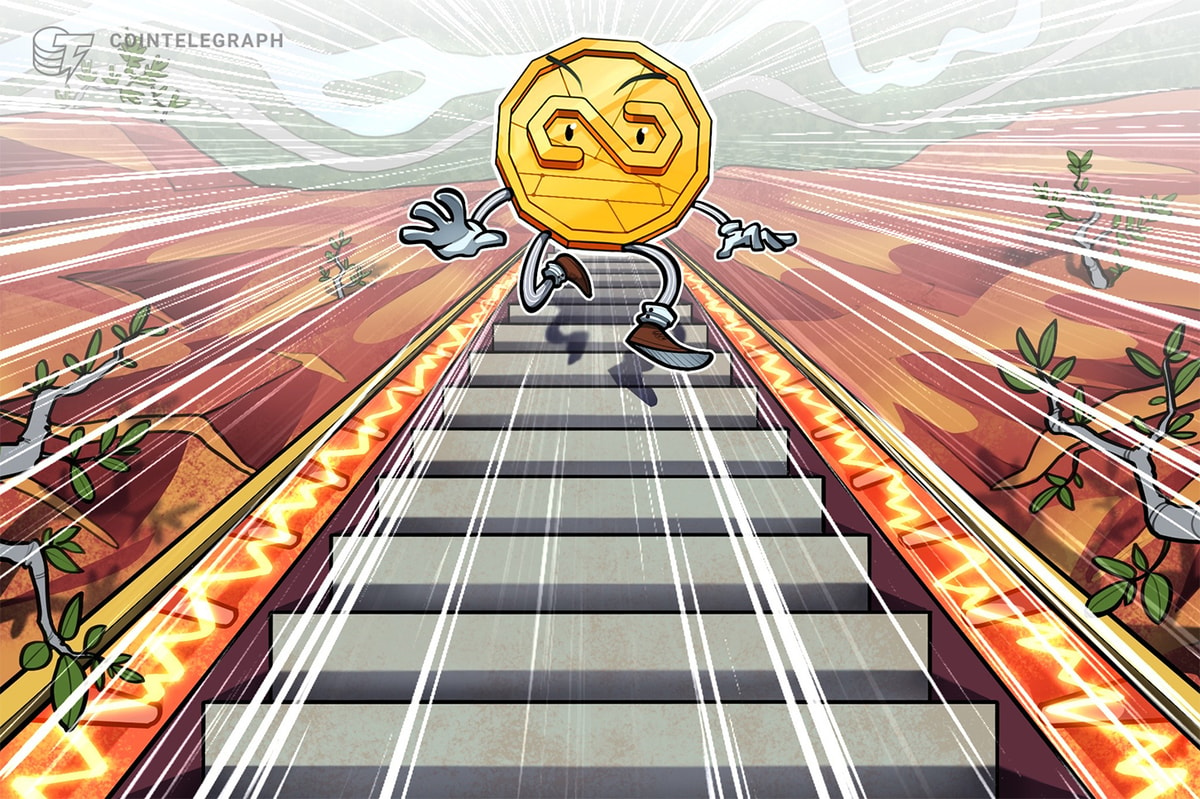The term ‘NFT‘ has the negative connotations of expensive JPEGs and scams, which are the reason why NFTs are so widely misunderstood. ‘Non-fungible token’ is itself a very broad term that results in more questions than answers, and should be thought of as a technology class. NFTs, or non-fungible tokens, are a blockchain-based medium for creating ownable, transferrable digital property.
While many NFTs at this time are collectible image files, they are not restricted to this form. NFTs can fulfill a massive range of utilities and roles, as they can be adapted and customized to store any kind of digital content that can be packed into a URL or download link, and are frequently used as keys to unlock private communities and content. Beyond that, NFTs (when built correctly) are extremely durable, never degrade in quality, and have a verifiable ownership history and provable authenticity.
In a sarcastic but very true article by Crypto Futurist on Medium, it is discussed that ‘NFT’ has a strong negative stigma attached to it thanks to the 2021-2022 NFT bubble, which saw one cash grab and scam after another take over the crypto scene, at a time when people were willing to throw huge sums of money into expensive JPEG NFT collections as though they were .com startups in the 90’s. NFT is also a very awkward term, and its expanded form of ‘non-fungible token’ is even more confusing to non-crypto people. Thanks to these factors, many people misunderstand NFTs and are adamantly opposed to adopting them due to the mistaken belief that they are all overpriced JPEG scams. In reality, NFTs are their own technology, and have several practical use cases.
NFTs Are Not Just Expensive JPEGs
The most powerful use cases for NFTs are often non-transferrable tokens or semi-fungible tokens, both of which are based on the NFT coding standard but are not always ‘non-fungible’ (unique) by definition. Non-transferrable tokens are NFTs that cannot be transferred after they are sent to a user’s crypto wallet, such as Proof of Attendance Protocol (POAP) tokens, and can serve as receipts, achievements, or even criminal records. On the other hand, semi-fungible tokens are NFTs that can have multiple identical copies of each token while still restricting the total supply, and are commonly used in Web3 Play-To-Earn (P2E) games where they are frequently used to give in-game items a real-world value, but could one day be used for all digital content sold online (i.e. e-books, music, videos, etc.).
Instead of calling digital possessions ‘NFTs’, Web3 proponents should simply refer to them by the content they carry. If anti-NFT people hear ‘NFT’, their minds conjure images of outrageously expensive JPEGs that don’t do anything and will immediately reject the idea. If they hear ‘digital item’, ‘property deed’, ‘digital trading card’, or ‘game item’, then they either won’t notice or won’t care that it’s technically an NFT, as the content is the focus rather than the technology. Now that NFT prices have crashed, real innovation can begin on expanding the use cases of NFTs.
In general, ‘NFT’ has taken on a very negative connotation due to the many scams and cash grabs during the 2021-2022 NFT bubble, where ‘snowflake art’ commanded fortunes for no reason other than market bubble speculation. NFT use cases have expanded to the point that it is neither necessary nor useful to call something an NFT anymore, as ‘NFT’ could refer to collectible images, NFTs used to fight counterfeit products, MP3 download tokens, tokenized property deeds, metaverse items, and dozens of other uses that extend beyond the public’s perception of what an NFT is.
Source: Crypto Futurist/Medium
Read More: screenrant.com










 Bitcoin
Bitcoin  Ethereum
Ethereum  Tether
Tether  XRP
XRP  Solana
Solana  USDC
USDC  Dogecoin
Dogecoin  Cardano
Cardano  TRON
TRON  Lido Staked Ether
Lido Staked Ether  Wrapped Bitcoin
Wrapped Bitcoin  Chainlink
Chainlink  LEO Token
LEO Token  Toncoin
Toncoin  USDS
USDS  Stellar
Stellar  Wrapped stETH
Wrapped stETH  Avalanche
Avalanche  Sui
Sui  Shiba Inu
Shiba Inu  Hedera
Hedera  Litecoin
Litecoin  Polkadot
Polkadot  MANTRA
MANTRA  Bitcoin Cash
Bitcoin Cash  Bitget Token
Bitget Token  Ethena USDe
Ethena USDe  WETH
WETH  Binance Bridged USDT (BNB Smart Chain)
Binance Bridged USDT (BNB Smart Chain)  Pi Network
Pi Network  Wrapped eETH
Wrapped eETH  Monero
Monero  Hyperliquid
Hyperliquid  WhiteBIT Coin
WhiteBIT Coin  Uniswap
Uniswap  Dai
Dai  OKB
OKB  Pepe
Pepe  sUSDS
sUSDS  NEAR Protocol
NEAR Protocol  Aptos
Aptos  Gate
Gate  Coinbase Wrapped BTC
Coinbase Wrapped BTC  Tokenize Xchange
Tokenize Xchange  Cronos
Cronos  Ondo
Ondo  Mantle
Mantle  Ethereum Classic
Ethereum Classic  Internet Computer
Internet Computer